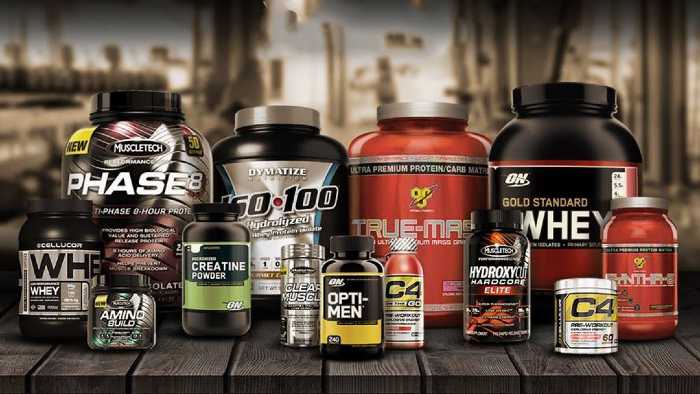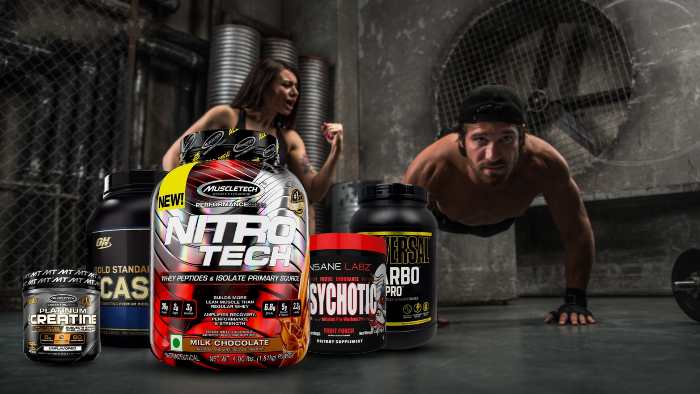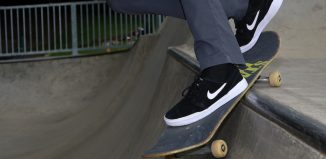Building muscle mass is no easy feat. It takes time, dedication, and the right approach. Some people have it easier than others, with great genetics that allow them to pack on muscle with ease. But for the majority of people, reaching their muscle-building potential requires hard work in and out of the gym.
Luckily, there are a few things you can do to help build muscle mass more effectively. Including a bodybuilding supplement in your diet is one way to help, with continuous use and regular exercise helping you to reach your goals more quickly.

source: pinterest.com
What Bodybuilding Supplements Actually Work?
While there are many different types of supplements available on the market, not all of them are equally effective. Everyone’s body responds to supplements differently, so it’s important to find one that works for you. Some of the most popular and effective bodybuilding supplements include:
Creatine
This muscle-building is a power-boosting bodybuilding supplement that’s worth trying out. Creatine has a stellar safety record and a slew of scientific proof to back it up. It helps to retain energy during high-intensity activities like weightlifting by increasing the availability of creatine and phosphocreatine (PCr) within the muscle. Furthermore, boosting PCr availability may aid in recovery time between sets.
Long-term creatine supplementation tends to improve resistance training quality, resulting in 5-15% greater strength and performance increases. This is especially evident in people with little to no experience with lifting weights.
Amino Acids
There isn’t a single reason why shouldn’t take BCAAs (Branched Chains Amino Acids) during your workout if you’re a professional athlete or bodybuilder. Sipping BCAAs between sets may assist speed up the recovery and repair processes after a strenuous workout, aside from the fact that they taste great.
Leucine is the most anabolic of the three BCAAs and is largely responsible for initiating muscle protein synthesis (MPS). In other words, it’s a key player in the muscle-building process.
Whey Protein
Whey protein is derived from milk and is quickly digested, making it an ideal post-workout supplement. When you exercise, your muscles are broken down and need to be repaired. This process is called muscle-protein synthesis (MPS), and whey protein has been shown to increase MPS rates.
In one study, participants who supplemented with whey protein immediately after their workouts experienced greater MPS rates than those who didn’t take whey protein or those who took casein protein (another type of protein derived from milk).
Furthermore, whey protein has been shown to help people maintain their muscle mass as they age. This is particularly important for older adults, as they tend to lose muscle mass and strength as they get older.
Caffeine
Caffeine is a popular performance-enhancing supplement that’s often consumed in the form of coffee or pre-workout supplements. It’s a stimulant that can help you feel more alert and focused, as well as give you a temporary boost in strength and power output. It’s known to improve exercise performance, with studies showing that it can increase strength by 5-10%, power by 5-15%, and endurance by 2-3%.
In addition, it’s been shown to help with fat loss by increasing your metabolism and enhancing the use of fat for energy during exercise. The effects of caffeine are typically most noticeable during high-intensity activities like weightlifting and sprinting.

source: pinterest.com
How to Create a Balanced Fitness Plan and Stick To It?
Even if you’ve been working out for a long time, you’ll need to be reminded of the fundamentals and get back on track after a vacation. And here are the most effective methods for doing so.
Determine Your Level of Fitness
You probably have a good idea of what your fitness level is. But that, in itself, may not be enough to pack some serious muscle. Evaluating and documenting baseline fitness scores, on the other hand, can give you benchmarks by which you can follow your progress. Consider keeping score of your heart rate, speed and energy levels as you go through various sets of exercises in order to figure out where you’re at physically.
Create a Realistic Training Program
It’s simple to promise yourself that you’ll work out every day but you’ll need a detailed strategy to achieve your long-term goals. Make a well-balanced regimen. Aim for at least 150 minutes of moderate aerobic activity or 75 minutes of strenuous aerobic activity per week, or a combination of both.
Experts say you should do this workout for a week. At least 300 minutes per week is recommended to provide optimal health benefits and to aid in weight loss or maintenance. However, even minor quantities of physical activity can help.
In today’s fast-paced world, it can be difficult to find the time to work out every single day. Schedule a specific time of day for exercise like you would any other appointment to make it simpler. Plan taking walks on the treadmill while watching your favourite show, reading while riding a stationary bike or taking a break at work to go for a stroll.
And finally, don’t underestimate the importance of recovery time. Many people begin exercising with a frenzied passion, working out for longer than they should or doing super intense activities, and then abandon their efforts when their muscles and joints get uncomfortable or injured. Give your body time to relax and heal between each session.
Assemble Your Equipment
Once you’ve settled all the details, it’s time to find the tools to help you reach your goals. You’ll most likely begin with athletic sneakers. Make sure you get shoes that are made for the activity you want to do. Running shoes, for example, are usually lighter than cross-training shoes, which offer greater support.
If you’re going to build a home gym, you should make it practical, engaging, and simple to use. Before purchasing your equipment, you may want to try out several types of equipment at a fitness centre.
Consider using fitness applications for smart devices or other activity tracking gadgets, such as ones that count the distance, calories burned, or heart rate. This will aid in monitoring your progress and staying on track.












